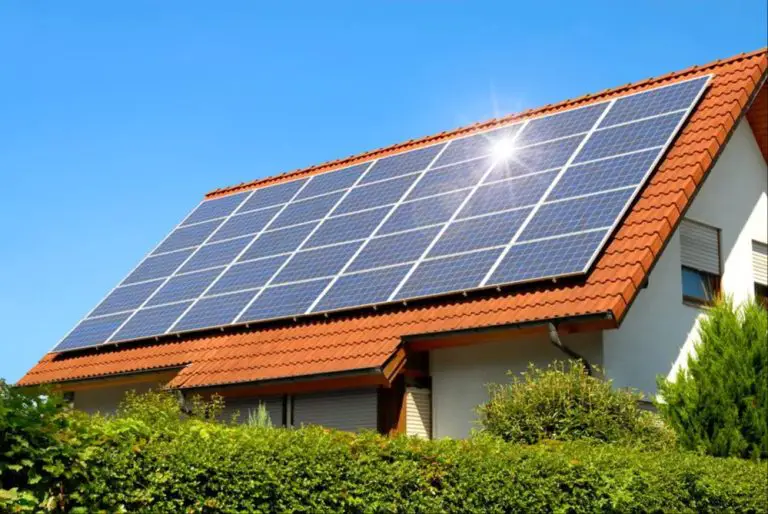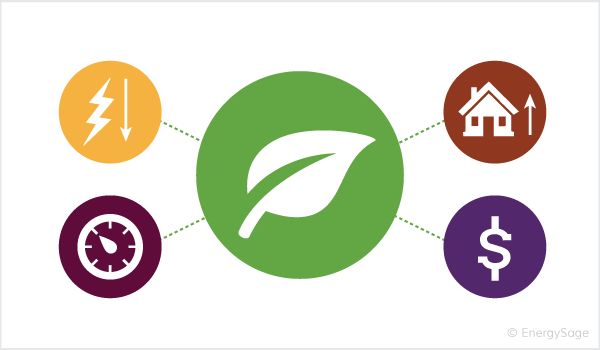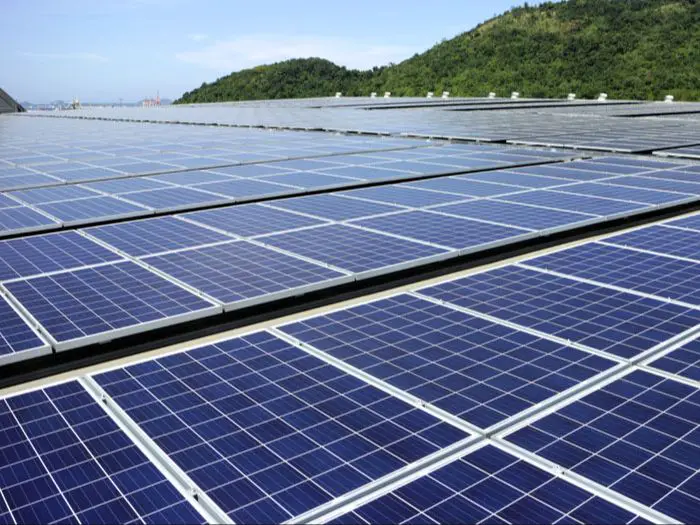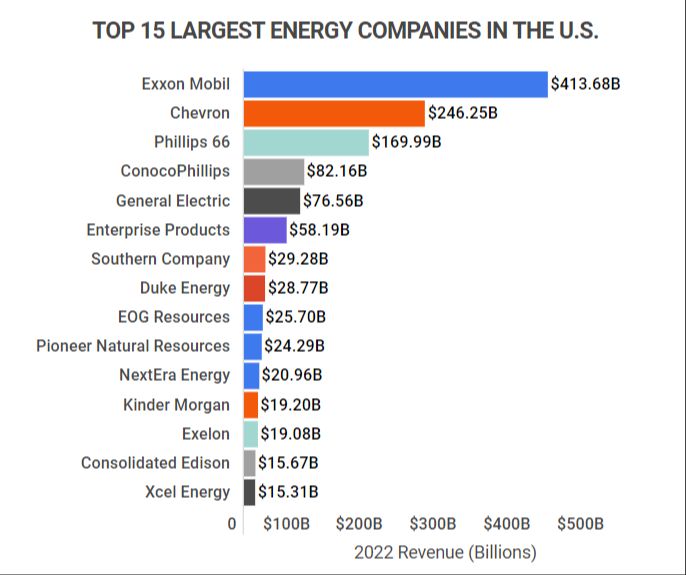Are Renewable Energy Sources Reliable?
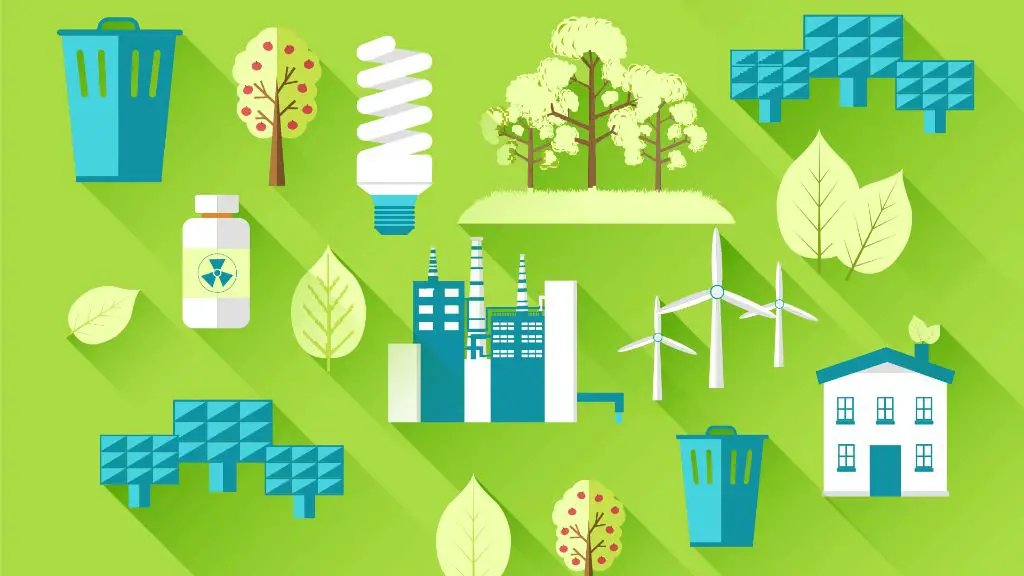
Renewable energy sources like solar, wind, hydropower, geothermal and biomass provide clean alternatives to fossil fuels. They are considered renewable because they are naturally replenished and available in unlimited supply, unlike coal, oil and natural gas. According to the U.S. Energy Information Administration, renewable energy sources supplied 12.2% of U.S. electricity generation and 11.5% of total U.S. energy consumption in 2019.
Reliability is a key metric for energy sources, indicating their ability to consistently meet demand without interruption. A reliable electricity system is crucial for modern life, powering homes, businesses, hospitals and more. Renewables have faced doubts about their reliability compared to traditional baseload power plants. However, technology improvements, grid enhancements and diversified supply can enable renewable sources to meet reliability standards.
Intermittency of renewables
One of the main concerns with renewable energy sources like solar and wind is their intermittent nature, meaning their energy output varies based on environmental conditions and is not always available on demand (https://www.sciencedirect.com/science/article/abs/pii/S0165188921002086). The sun does not shine at night and the wind does not blow constantly. This intermittency poses challenges for integrating high shares of renewables onto the electric grid.
Solar power, for example, provides no energy at night and output varies throughout the day depending on cloud cover and panel orientation. The daily profile of solar generation creates a peak around midday when irradiance is strongest. Wind power can fluctuate minute to minute based on wind speed and direction. Extended lulls in wind lasting days or weeks are also possible. This variability means other energy sources or storage solutions must be available to smooth out renewables’ intermittent output.
Energy storage solutions
Energy storage can help address the intermittency of renewables and make them more reliable. There are several promising storage technologies that are advancing and being deployed to support renewables.
Lithium-ion batteries have become the dominant energy storage technology for short-duration needs, with costs declining rapidly in recent years. However, their duration is limited to hours. For longer-duration needs of days or weeks, other technologies emerge as top contenders. According to Greentech Media, leading long-duration energy storage technologies include flow batteries, compressed air, and thermal storage using molten salt.
Pumped hydro storage is the most prevalent form of large-scale energy storage globally, able to store huge amounts of energy by pumping water uphill and then releasing it to generate electricity on demand. The sites suitable for pumped hydro are geographically limited however. Compressed air energy storage is another potential large-scale option, storing energy by compressing air in underground caverns.
While progress is being made, energy storage deployments need to accelerate to keep pace with increasing renewable energy capacity. The U.S. in particular faces challenges in ramping up domestic manufacturing and supply chains for batteries as demand grows, according to Recharge News. Strategic investments and planning will be vital to scale up energy storage and enable renewables to reach their full potential.
Smart grids and demand response
Smart grids utilize two-way flows of electricity and information to create an automated and distributed advanced energy delivery network. They incorporate a variety of operational and energy measures including smart meters, smart appliances, renewable energy resources, and energy efficiency resources. Smart grids increase grid reliability and resilience against power disturbances by enabling real-time communication between utilities and consumers. This allows the grid to quickly detect and react to changes in usage through price signals or by requesting that users cut demand when needed.
Demand response helps balance supply and demand by getting consumers to cut energy use during times of peak demand or when renewables fall short. This helps avoid costly and dirty energy from fossil fuel peaker plants. Utilities or grid operators can send signals to temporarily power down appliances and equipment that customers agree to shut off during demand response events. Smart devices and meters automatically take action to reduce energy use based on pre-set preferences while minimizing disruption. Studies indicate demand response has the potential to reduce electricity demand by 20% or more during peak periods.
By incorporating smart grid technologies and harnessing the power of demand response, the variability and uncertainty posed by renewable sources such as wind and solar can be better managed. This leads to a more flexible and resilient grid overall.
Sources:
https://scholar.google.com/citations?user=5kA-_e0AAAAJ&hl=en
Geographic distribution
The geographic distribution of renewable energy sources can help increase the reliability of renewable energy systems. When renewable generation assets like wind and solar farms are distributed over a wide geographic area, it helps smooth out the inherent variability from individual sites and weather conditions. As noted in a 2021 study from Nature, “Solar and wind resources can achieve greater levels of reliability by adding energy storage, increasing deployed capacities, and harnessing geographic diversity.”1 Having renewable generation distributed decreases the likelihood that multiple sites will experience low output simultaneously.
Research has found that geographic distribution has a significant positive effect on reliability of renewable output. One 2013 study on wind power published in Renewable Energy noted that distributed wind plants “exhibit much less variability and uncertainty in their collective power output.”2 The benefits of geographic diversity apply to solar as well. Overall, distributing renewable assets over a wide area helps smooth out variability and makes renewable generation more reliable.
Forecasting and planning for variability
Accurately forecasting renewable energy output is critical for integrating high shares of variable renewables onto the grid. Advanced forecasting techniques can predict wind and solar power production over different timescales with increasing accuracy to help grid operators more efficiently dispatch other generators [1].
For example, solar forecasting is getting better at predicting the impacts of cloud cover and other weather conditions on solar output. Grid planners can incorporate these forecasts into unit commitment and dispatch models to optimize the economic and reliable operation of power systems with high renewable penetration [2]. However, improving forecast accuracy and optimizing electricty operations require infrastructure investments in sensing equipment, advanced modeling, and communications technology.
Forecasting on daily, hourly, and subhourly timescales provides situational awareness to balance load and generation in real time as renewables fluctuate, while longer-term forecasts inform maintenance scheduling, storage operations, and capacity investment decisions. Balancing areas can also be expanded via transmission interconnections to smooth out forecast errors through geographic diversity. Ultimately, planning processes and grid flexibility must evolve to better integrate renewables’ variability and uncertainty into least-cost resource plans.
System flexibility
Power system flexibility refers to the ability to reliably manage the variability and uncertainty introduced by renewable energy sources. There are several ways grid operators can increase flexibility:
Flexible power plants such as natural gas and hydropower can rapidly adjust their output to offset changes in renewable generation. As argued by Gandhi et al. (2023), increased coordination between transmission and distribution system operators can unlock distributed energy resources to provide additional flexibility.
Importing and exporting power with neighboring regions smooths out variability by effectively increasing the geographic diversity of the system. For example, wind patterns in one region may complement solar generation timing in another region. Interconnections allow renewable variability to be balanced over larger areas.
Advanced grid management techniques help operators forecast renewable generation, schedule flexible resources, and shape customer demand to accommodate variability. Fast communication enables frequent adjustments to keep supply and demand balanced. As the grid evolves, flexibility from storage, demand response, and grid-friendly appliances will further integrate renewables.
Case studies
Countries like Denmark, Germany, Ireland, and Spain have some of the highest penetrations of renewable energy, yet still maintain reliable grid operations. According to an S&P Global Market Intelligence report, Denmark generated 47% of its electricity from wind power in 2019. To manage the variability, Denmark has strong interconnections with neighboring grids in Norway, Sweden and Germany, allowing excess renewable power to be exported.1 Germany, despite phasing out nuclear power, has been able to maintain grid stability with over 46% renewable energy in 2021. This is achieved through forecasting, flexible conventional generation, demand response, storage, and transmission lines to balance fluctuating renewable output.2
Cost Perspective
The costs of renewable energy technologies have declined substantially in the past decade, making them increasingly competitive with conventional sources. According to analysis by Lazard, the levelized cost of energy for utility-scale solar PV declined by 90% from 2009 to 2020, while wind declined by 71% in the same period (https://www.lazard.com/research-insights/levelized-cost-of-energyplus/).
In many cases, renewables are now the lowest-cost option. An analysis by Fraunhofer ISE found that in 2021, the levelized cost of electricity for onshore wind and utility-scale solar PV were lower than the operating costs of coal, gas, and nuclear power plants in Europe (https://www.ise.fraunhofer.de/en/press-media/press-releases/2021/levelized-cost-of-electricity-renewables-clearly-superior-to-conventional-power-plants-due-to-rising-co2-prices.html). The cost declines for renewables are expected to continue as technology improves, while operating costs for conventional plants will increase due to rising fuel costs and carbon pricing.
While renewable costs were once significantly higher, continued innovation and economies of scale have made wind, solar, and other renewable generation competitive with new natural gas and coal. With appropriate enabling resources like transmission, storage, and demand response, renewable energy can provide reliable and affordable electricity.
Conclusion
In summary, renewable energy sources can be reliable with proper planning and grid management. As outlined in this article, solutions exist to address the intermittency of renewables through a combination of energy storage, demand response technology, smart grids, and geographic distribution of generation assets. With forecasting and flexibility mechanisms in place, high penetrations of renewables have been successfully integrated in electricity systems worldwide. The case studies provided demonstrate that reliability challenges can be overcome, allowing renewables to displace fossil fuels. While there are costs involved, renewable energy is increasingly cost-competitive, and its environmental benefits provide impetus for further growth. With thoughtful policy and development, renewable power can be scaled up across power systems reliably.

